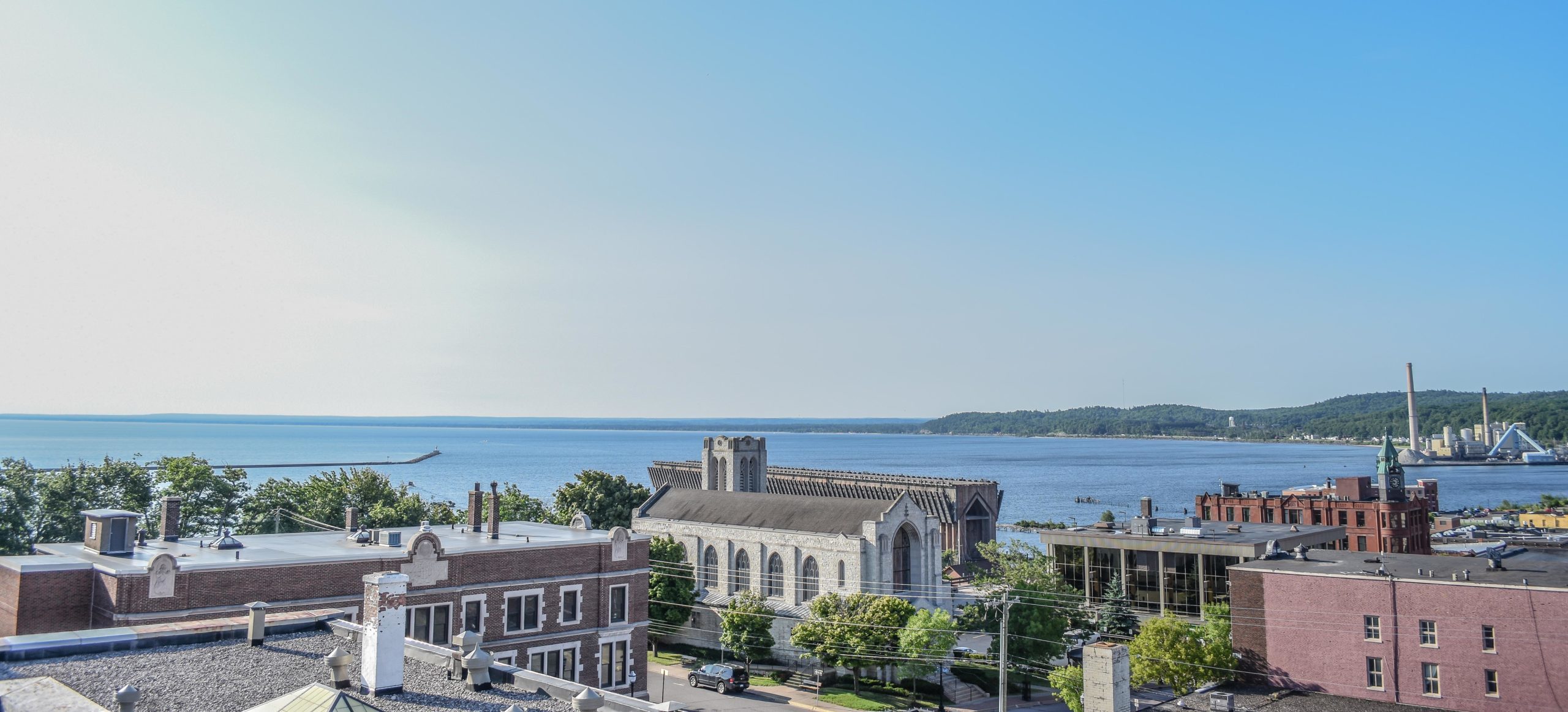Region 1 Labor Market
Posted by Lake Superior Community Partnership on March 3, 2014
 You may or may not know that the state of Michigan is broken down into 10 regions to streamline services and effectively use resources. The Upper Peninsula is considered a single region, and of course, we are number one! For example, in economic development we enjoy a single regional point of contact for the economic development, community development, Michigan Department of Transportation, Department of Natural Resources, Michigan Department of Agriculture & Rural Development, export services, etc. This helps economic developers across the region communicate quickly and easily with state staff who are familiar with and reside in the Upper Peninsula.
You may or may not know that the state of Michigan is broken down into 10 regions to streamline services and effectively use resources. The Upper Peninsula is considered a single region, and of course, we are number one! For example, in economic development we enjoy a single regional point of contact for the economic development, community development, Michigan Department of Transportation, Department of Natural Resources, Michigan Department of Agriculture & Rural Development, export services, etc. This helps economic developers across the region communicate quickly and easily with state staff who are familiar with and reside in the Upper Peninsula.
Recently, the Department of Technology, Management and Budget prepared labor market information by region that I believe is worth sharing. It provides data on our current demographics, trends and patterns for the region, some of which are listed below:
- As of 2012, the U.P.’s population was estimated at 310,787 or 3% of the total population. This was a loss of approximately 2% from 2000.
- 39% of our residents hold a high school diploma or equivalent
- 20% of residents hold a Bachelor’s degree or higher which is slightly lower than the statewide average of 25%
- 59% of residents are 35 years or older (25% between 35-54; 34% 55 or older)
- The gender split is 48% female and 52% male
The report also outlined commuting patterns in the region. Internal commuters, those that reside and are employed in the region, account for just over 90,000 which is the 7th largest internal commuting region out of ten in the state.
Inflow and outflow commuters, those living outside the region and work within and those that live within the region and work outside, number 11,791 and 18,098 respectively. As you would expect those that commute into the region come mainly from Marinette, Florence and Iron Counties in Wisconsin. The primary destination for outflow commuters is Marinette, Wisconsin. Overall we have more residents leaving the region to work than those coming in.
Five key industries make up 62% of the region’s jobs. They are:
- Healthcare/Social Assistance
- Retail Trade
- Accommodation/Food Service
- Public Administration
- Manufacturing
Healthcare/social assistance accounts for nearly 18% of the region’s total payroll.
Manufacturing remains important to the region and the state. Paper manufacturing makes up the largest proportion of jobs employing nearly 1 in 5 of all manufacturing workers. This is followed by fabricated metals and wood products.
As we look to the future, what is expected to grow or decline?
High growth industries include:
- Manufacturing
- Administrate/Support
- Waste Management
- Mining/Quarrying/Oil and Gas
- Professional/Scientific/Technical Services
- Accommodation/Food Services
Declines are anticipated in public administration, retail trade, information and utilities.
So now that you are familiar with the make up of the Upper Peninsula as it relates to talent, what does the future look like? The good news is that employment in region 1 is expected to expand by 4,290 or 3% through 2018 with the largest growth rates in IT and healthcare.
Are you an entrepreneur or business that plans to create some of those new jobs? Take a look at www.marquette.org to learn more about how we can assist at the Lake Superior Community Partnership!
CEO, Amy Clickner, writes this bi-weekly column for the Mining Journal.

